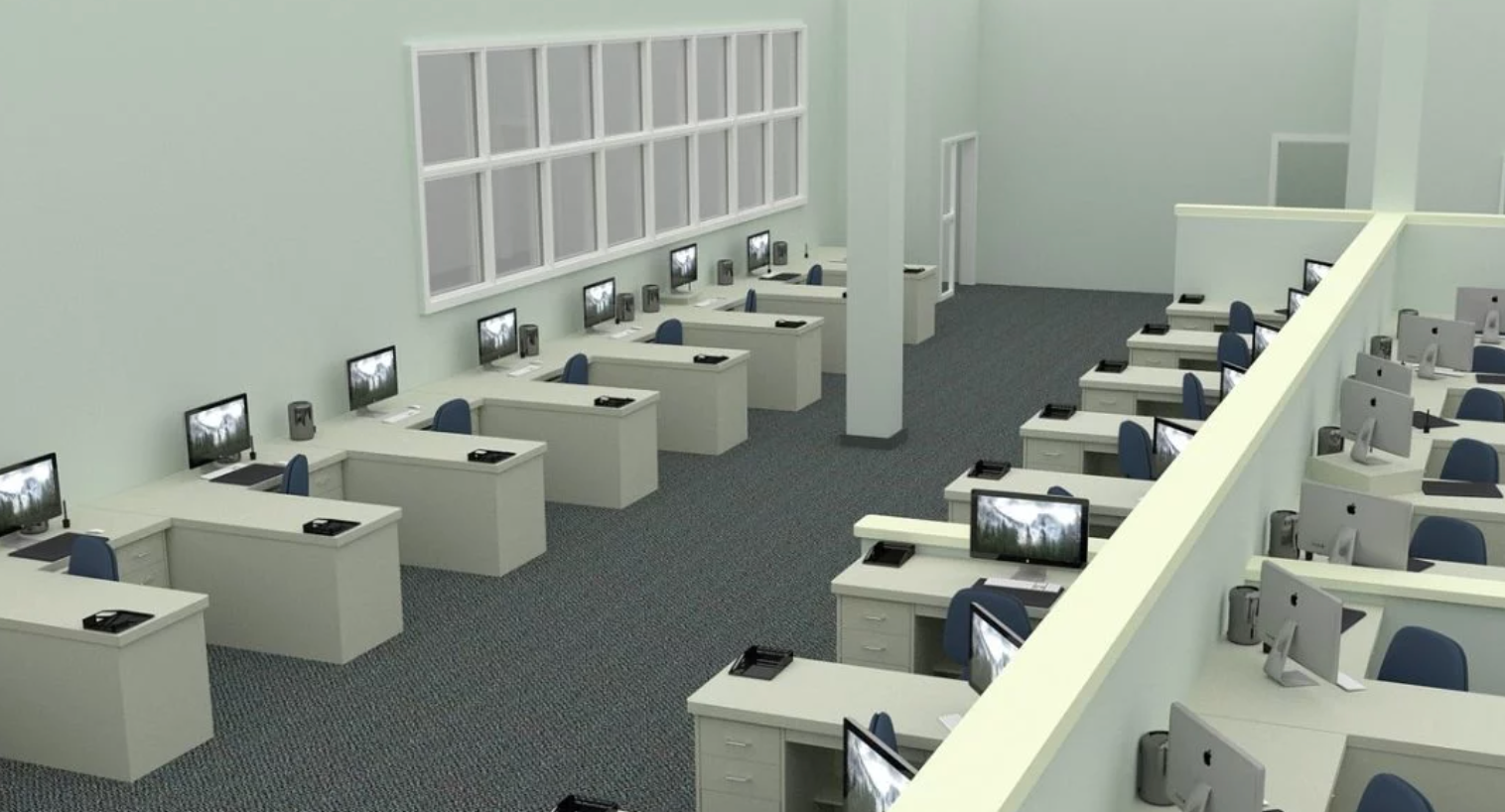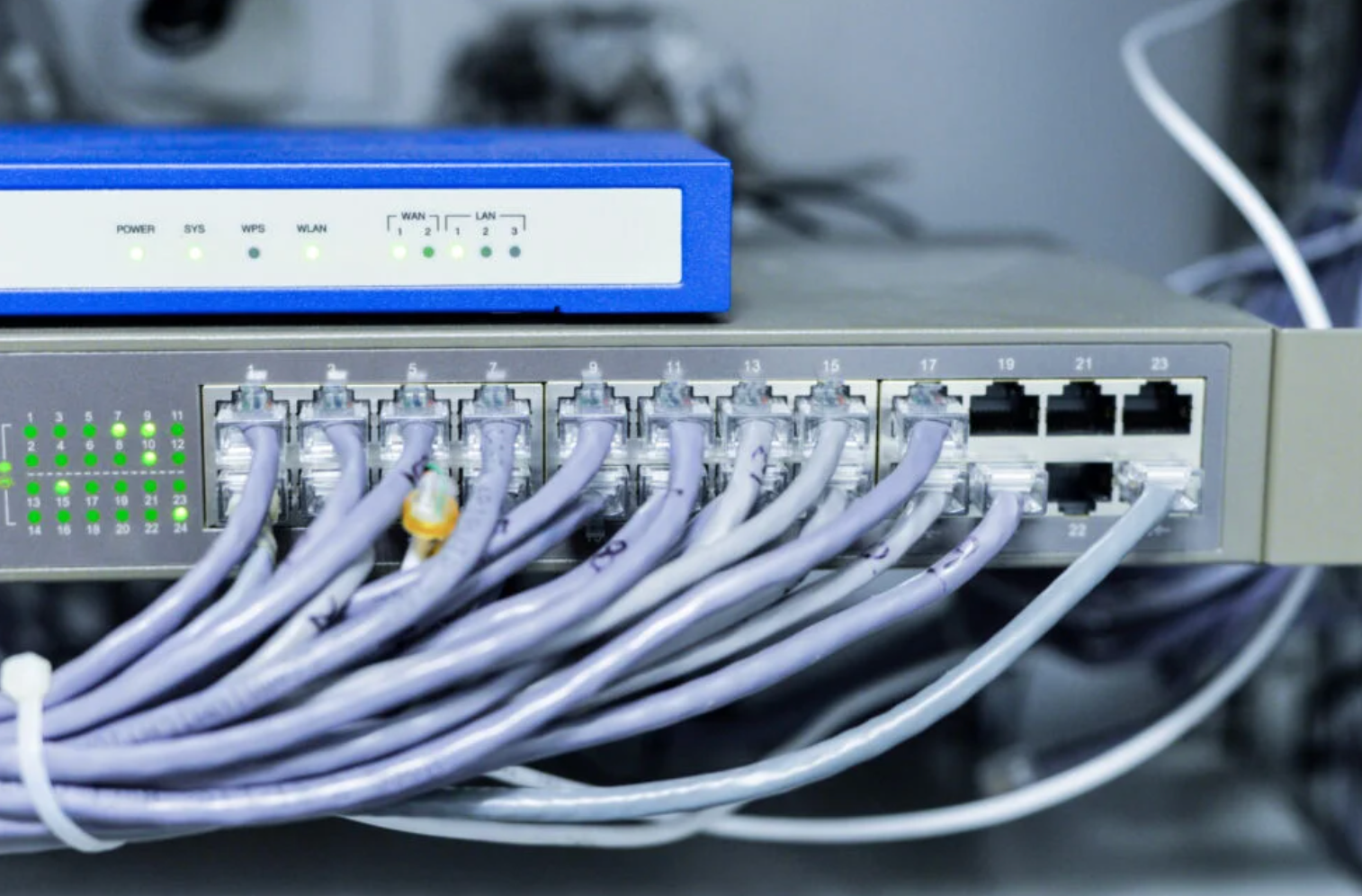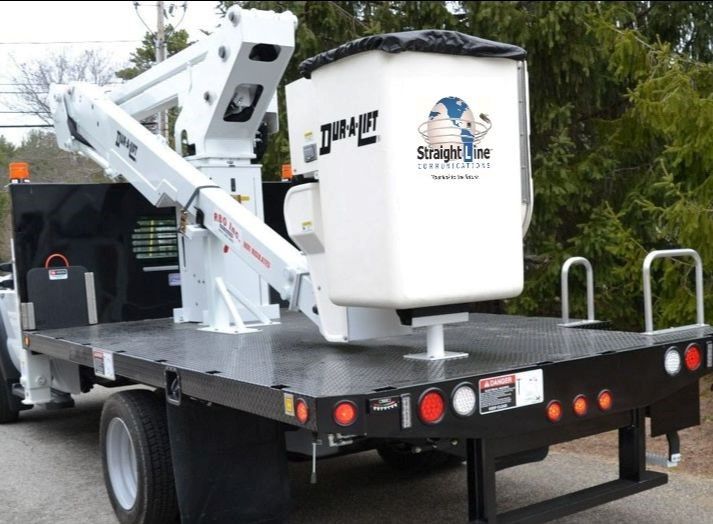How To Design Your Office Layout From An IT Perspective

Office design, layout, and style vary and reflect a business’s overall brand image. Often, commercial security ranks lower on the list of office layout priorities, but it’s absolutely crucial to business security, comfort, and image. Although commercial security requirements and needs can range based on each company, there are certain security techniques that are crucial to
ensure the safety of all office spaces.
In this article, Straight Line Communications reflects on how to effectively design your company’s office layout to ensure safety and security.
1. Ensure Secure Lock Systems
Office buildings are highly populated and frequented during business hours. This can leave your office space vulnerable to intruder access. That’s why ensuring your office is highly secure and protected should be your company’s prerogative. Access to the office should be relatively easy and straightforward for business partners and employees to ensure safe evacuation planning as well. Many companies choose to have a master key lock system installed to secure the office space and only allow access to verifiable employees.
2. Video Surveillance To Safeguard Business Property
It goes without saying that video security equipment should absolutely be a vital part of commercial security. Having the master lock key system functioning is not enough protection for an entire SMB. Video security equipment such as security camera options in New Jersey can prevent and reduce the likelihood of theft of your business property. Once a potential thief sees the video security camera, there’s a high possibility that they’ll be deterred. Video surveillance also protects your company from threats to employees or business partners. If your company faces some form of threat or accusation, you can count on our video security equipment to capture a dispute or accident, and verify or challenge it with tangible proof.
3. Protect Boardrooms With an AV System
One of the most used and important rooms in an office is the boardroom. Any SMBs can benefit from having an audio and visual system installed to easily communicate with other business partners or clients at any time. AV systems are user-friendly, highly advanced, and can be either remotely or centrally administered. Many AV units are far more secure than IP systems, for
example, fiber optic AV system cables offer more advanced security than copper cables.
4. Safe Call Centers
Part of creating a safe and secure office layout is to establish or ensure a safe call center. This likely involves a reliable business phone system for smooth communication, which can increase business sales, promote good customer service and reduce overall costs. At Straight Line Communications, we work with all varieties of SMBs to find and install the best phone system for your business.
Straight Line Communications technicians specialize in installing premium video security equipment, business phone systems, fiber optic cabling solutions, structured cabling solutions, and other security camera products in New Jersey. With over 40 years of combined experience, we are highly proficient in the services we offer and every project we work on. Get started with
us today for the ultimate security solutions with a FREE quote at https://slcnj.com/contact-us/.






